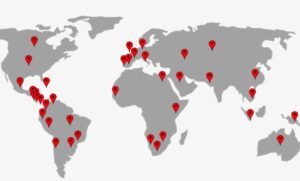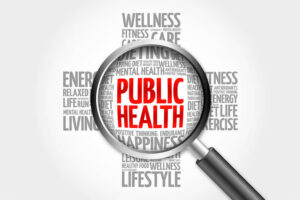Imbalances in the relationship between neuronal and immune cells in the CNS during development cause inflammatory cascades which drive neurodevelopmental disorders, including autism and schizophrenia, and lasting neurological deficits. Exploration of mast cells (MC), an innate immune cell prototypically involved with allergy and atopy, in the developing CNS revealed a dense population lining the choroid fissure of the lateral ventricles, however factors recruiting MCs to this region and their brain-specific activities are poorly understood. Here, we sought novel insights into the origin and regulation of this large population of MCs adjacent to the hippocampus throughout development. We discovered that MCs in the lateral ventricles of the neonatal brain replicate vigorously during the first week of life and are maintained near the hippocampus for only a narrow window embryonically and postnatally. Preliminary findings suggest mast cells support promote microglial genesis and regulate microglial maturation in the hippocampus. We have begun to explore how environmental stressors, including neonatal allergy, impact this homeostatic balance between immune and glial cells. Exploration of brain MCs during development will frame our understanding of how peripheral inflammation destabilizes this normally harmonious relationship between MCs and developing neuronal niches.

- Society

Membership
Support our mission by becoming a member

Public Health Policy Center
Explore the society's public health initiatives

Meet the community
See what our members have been working on
- Journal
- Author Center
- Membership